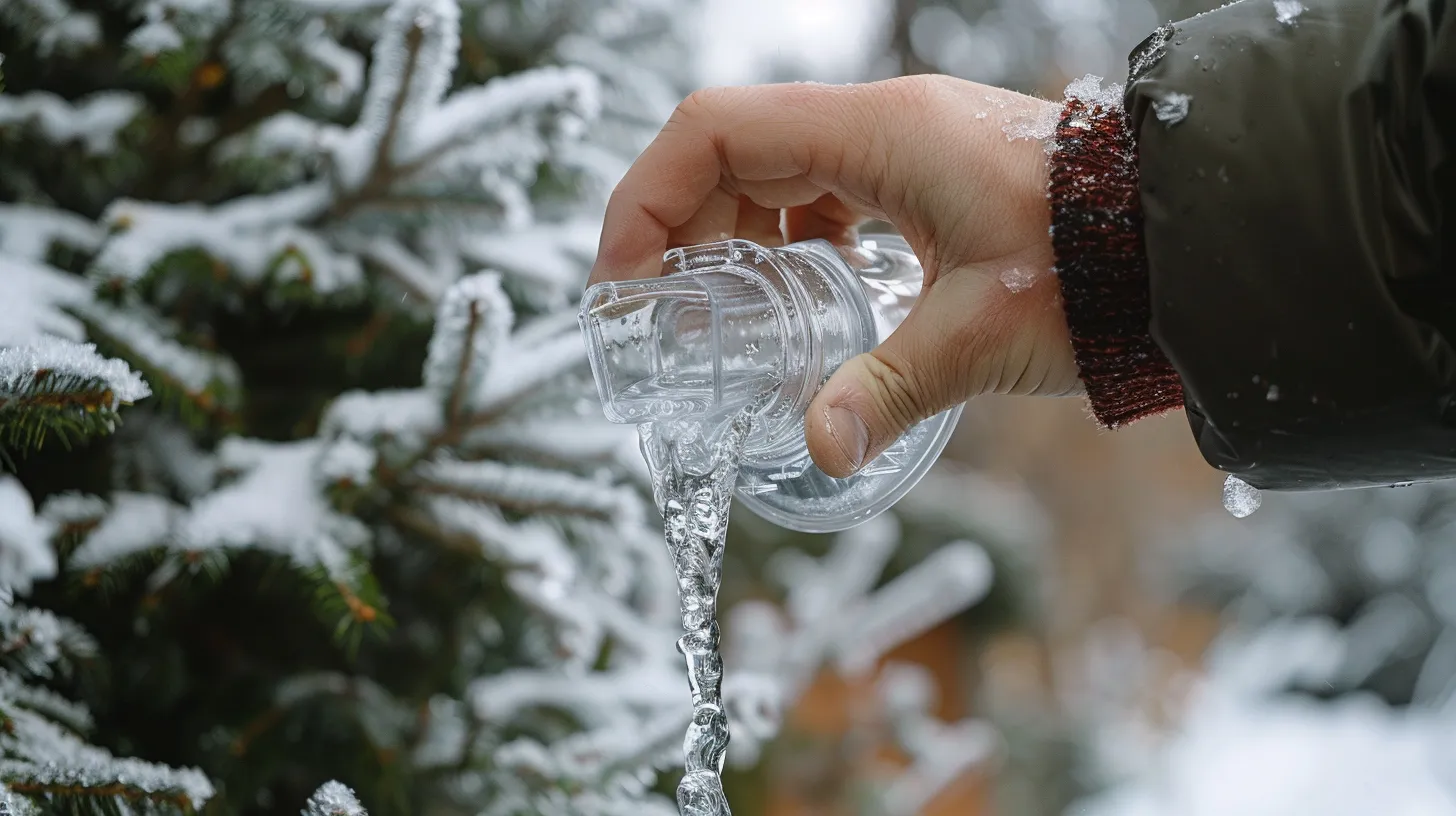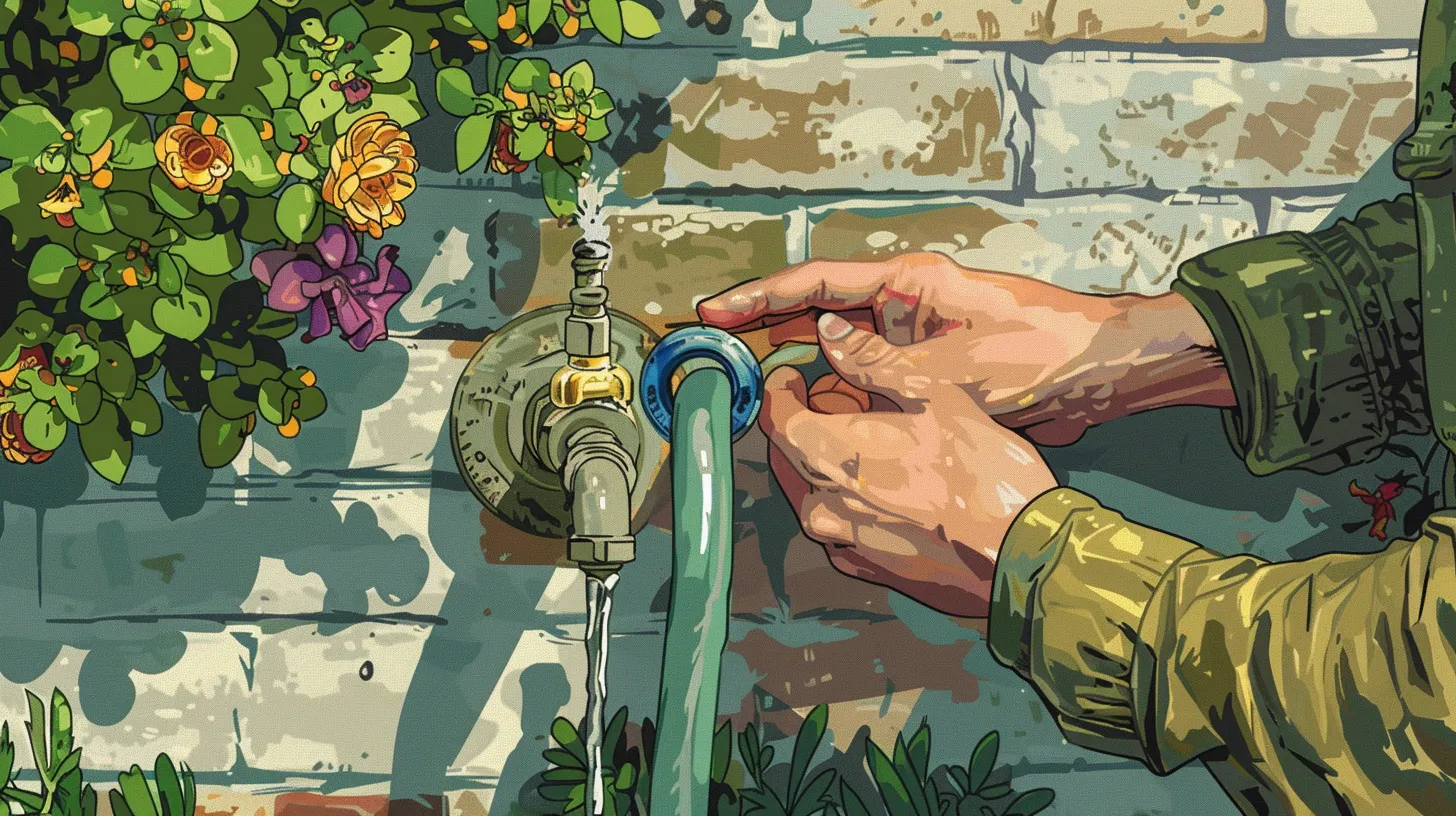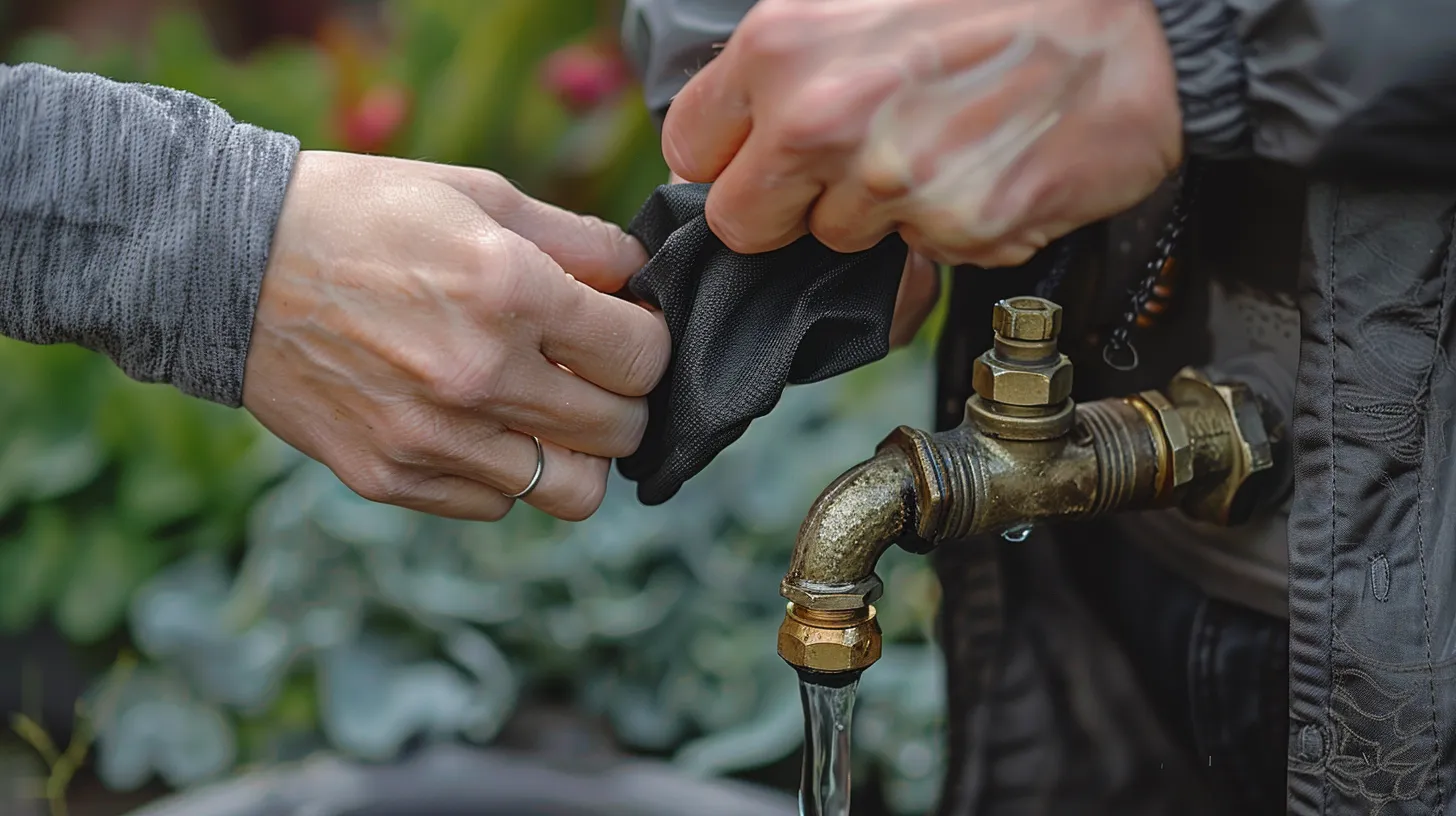The advent of winter months brings the imperative task of safeguarding our outdoor plumbing, notably through the utilization of faucet covers. This seemingly simple device plays a pivotal role in preventing freezing and subsequent damage to outdoor spigots.
While the basic premise of installing a faucet cover might appear straightforward—detach any garden hoses, select an appropriate cover, and ensure a snug fit—there are nuances in the process that can significantly impact its effectiveness.
As we explore the critical steps and considerations for optimal installation, one may wonder, what are the common oversights that could render a faucet cover less effective, and how can these be mitigated?
Understanding Faucet Covers

Faucet covers are essential tools designed to insulate outdoor water faucets, thereby preventing freezing during the cold weather months. These specialized accessories are adept at safeguarding your outdoor plumbing against the harsh winter conditions, which can cause water inside the pipes to freeze, expand, and potentially lead to costly damages. The concept of an insulated faucet cover revolves around providing a protective barrier that retains heat around the faucet, minimizing the risk of freezing.
Available in a variety of sizes and designs, faucet covers cater to the diverse range of outdoor faucets present in homes. Whether your outdoor faucet is standard, spigot, or garden hose oriented, there is likely a cover that fits snugly over it. Crafted from durable materials such as foam or insulated fabric, these covers are engineered to offer effective thermal protection. By keeping the faucet insulated, they play a pivotal role in maintaining the integrity of your outdoor plumbing system.
The use of faucet covers is a proactive and cost-effective measure against winter plumbing issues. By ensuring that your outdoor faucets are properly insulated, you not only prevent the inconvenience of frozen pipes but also extend the lifespan of your outdoor plumbing fixtures, safeguarding your home from potential water damage and expensive repairs.
Necessary Tools and Materials

To ensure a successful installation of an insulated faucet cover, one will need a few basic tools and materials, including a foam faucet cover or bag-style cover, rope caulk or spray foam for sealing, and possibly a wrench. These components are essential for providing adequate protection to outdoor water faucets during the winter months. The foam faucet covers are specifically designed to insulate outdoor faucets from freezing temperatures, thereby preventing pipe damage. On the other hand, bag-style faucet covers offer thermal protection by retaining heat around the faucet, which is crucial for preventing freezing.
For a comprehensive installation, consider the following necessary tools and materials:
- Foam faucet cover or bag-style cover: Choose based on the level of insulation required and the specific design of the outdoor faucet.
- Rope caulk or spray foam: Utilize these to seal any gaps or openings around the faucet cover, ensuring a tight fit and enhanced insulation.
- Wrench (if necessary): Some installations may require tightening or adjusting the faucet with a wrench to ensure a secure fit for the cover.
Removing Attached Hoses

Before proceeding with the installation of a faucet cover, it is essential to unscrew and remove any garden hoses attached to the outdoor spigot. This initial step is crucial in preparing the faucet for a winter-proof cover that will protect it from freezing temperatures. The process of detaching the garden hose not only facilitates a seamless installation of the faucet cover but also plays a significant role in the overall maintenance of your outdoor plumbing system.
Once the garden hose is unscrewed, it's important to ensure that all residual water is drained from it. This precaution prevents the water from freezing and causing damage both to the hose and the internal plumbing. Draining the hose also allows for a snug fit of the faucet cover, ensuring maximum protection against the cold.
Removing attached hoses is a preventive measure against water freezing inside the pipes during cold weather conditions, which can lead to costly repairs. Additionally, proper storage of the garden hose after removal is essential. It helps in extending the lifespan of the hose, preventing kinks, cracks, and other types of damage that can occur when left exposed to harsh weather conditions.
Positioning the Faucet Cover

After ensuring that all attached hoses have been removed and stored appropriately, the next crucial step involves carefully positioning the faucet cover over the outdoor spigot to safeguard it against the harsh conditions of winter. Properly placing the faucet cover is essential to provide the intended insulation and protection from freezing temperatures, which can cause damage to outdoor water pipes. Achieving a snug fit without any air gaps is key to retaining heat and ensuring the durability of your outdoor plumbing through the coldest months.
To ensure the faucet cover is correctly positioned:
- Ensure the rubber loop of the cover is securely placed over the spigot body. This step is critical to prevent air gaps that could compromise the insulation.
- Check for any gaps or openings around the cover once it is in place. These can be sealed with rope caulk or spray foam to enhance the effectiveness of the cover.
- Remember, the proper positioning of the faucet cover is instrumental in retaining heat around the spigot and preventing potential damage to outdoor water pipes, thereby extending their lifespan and reliability through winter.
Tightening the Faucet Cover

Securing the faucet cover tightly over the outdoor spigot is a critical step in ensuring its effectiveness against winter's harsh conditions. For homeowners looking to protect their water faucets from freezing temperatures, achieving a snug fit is paramount. The process begins by ensuring that the faucet cover is positioned securely over the spigot, as outlined in the previous subtopic.
Once in place, utilize the rubber loop located inside the cover to anchor it firmly to the spigot. This initial step prevents the cover from slipping or blowing away in strong winds. The next crucial action involves tightening the cover. Most faucet covers are equipped with a slide lock mechanism designed for this purpose. Adjusting the slide lock ensures that the cover fits tightly around the spigot, effectively eliminating air gaps that could compromise the insulation.
For added protection against the cold, homeowners may seal any remaining gaps with rope caulk or spray foam. These materials offer an additional layer of insulation, further safeguarding water faucets from the winter elements. Regular inspection throughout the winter season is advised to ensure the faucet cover remains securely fastened, providing continuous protection against the freezing temperatures.










